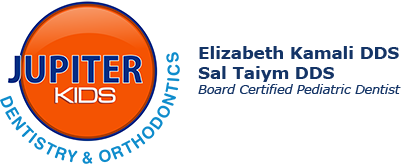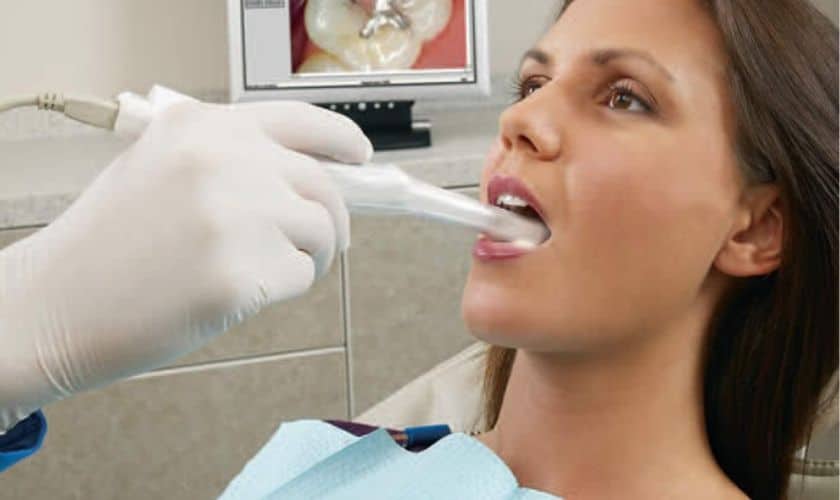What is an Intra-Oral Camera?
An intra-oral camera is a small, handheld dental camera that is used to take pictures or video of the inside of the mouth. This type of camera is usually used during dental exams to get a close-up view of the teeth and gums. The intra-oral camera can also be used to take pictures of other areas of the mouth, such as the tongue, throat, and cheeks.
The intra-oral camera is a relatively new tool in dentistry. It was first introduced in the early 1990s and has become increasingly popular in recent years. There are many benefits of using an intra-oral camera, including:
- improved diagnosis – the camera allows the dentist to get a close-up view of the teeth and gums, which can help with diagnosis and treatment planning;
- increased patient education – patients can see exactly what the dentist is seeing, which can help them understand their condition and make informed decisions about their treatment;
- more efficient appointments – since less time is needed to explain things to patients, appointments can be shorter and more efficient;
- improved communication – dentists can easily share images taken with the intra-oral camera with other dental professionals, such as specialists or insurance companies;
- increased accuracy – when used in conjunction with digital X-rays, intra-oral cameras can help Dentists obtain highly accurate images for diagnosis and treatment planning.
Benefits of Using an Intra-Oral Camera
An intra-oral camera is a small, handheld camera that is used to take pictures or video of the inside of a person’s mouth. This type of camera is often used by dentists to get a close-up look at a patient’s teeth and gums.
There are many benefits of using an intra-oral camera, both for patients and dentists. For patients, intra-oral cameras can help them to feel more involved in their own dental care. Dentists can use intra-oral cameras to get a better view of a patient’s mouth, which can help them to diagnose problems more accurately and plan treatment more effectively.
Intra-oral cameras can be particularly helpful in detecting early signs of tooth decay or gum disease. They can also be used to monitor the progress of dental treatment, such as braces or root canal therapy. In some cases, intra-oral cameras may even be used for cosmetic purposes, such as helping patients to choose the right shade of tooth-whitening gel.
If you are considering getting an intra-oral camera for your dental practice, there are a few things you should keep in mind. First, make sure that you choose a camera that is easy to use and gives clear images. Second, consider investing in additional training for yourself and your staff so that you can get the most out of your new equipment.
How Does the Intra-Oral Camera Work?
The intra-oral camera is a small, hand-held camera that takes close-up pictures of your teeth and gums. Your dentist or dental hygienist will use the intra-oral camera to get a better look at your mouth, teeth, and gums. The pictures from the intra-oral camera can be magnified on a computer screen so that your dentist can get a closer look at any areas of concern.
The intra-oral camera is a painless and quick way for your dentist to get a closer look at your mouth. The pictures from the intra-oral camera can help your dentist diagnose problems early and provide you with the best possible treatment.
How Does the Intra-Oral Camera Benefit Patients?
The intra-oral camera is a small, handheld camera that can be used to take pictures or videos of the inside of a patient’s mouth. This is an extremely beneficial tool for both dentists and patients alike. Here are just a few ways that the intra-oral camera can benefit patients:
- The intra-oral camera can help patients to better understand their dental condition. Often, patients may not be able to see or understand what is happening inside their mouths. The intra-oral camera allows dentists to show patients exactly what is going on in their mouths, which can help them to better understand their condition and make more informed decisions about treatment options.
- The intra-oral camera can help patients to feel more comfortable during dental exams. Many patients may feel anxious or uncomfortable about having someone stick a camera in their mouth. However, the intra-oral camera is small and unobtrusive, and many patients report feeling more relaxed when they can see what the dentist is doing during the exam.
- The intra-oral camera can help dentists to catch problems early. Because the camera provides a detailed view of the teeth and gums, it can help dentists to spot problems early on, before they become more serious. This allows for earlier treatment and helps to avoid more serious problems down the road.
Challenges with Using an Intra-Oral Camera
One of the challenges with using an intra-oral camera is that it can be difficult to get a clear view of the teeth. The camera is small and the angle of the shot can be tricky to master. This means that there is a potential for error when taking pictures, which could lead to misdiagnosis.
Another challenge is that intra-oral cameras can be expensive. They are not typically covered by insurance, so patients may have to pay out of pocket for this dental technology.
Some patients may feel uncomfortable having a camera inside their mouths. They may feel like they are being watched or judged, which can add stress to an already anxious experience.
Alternatives to Intraoral Cameras
In the past, dental exams were conducted using a small mirror to look inside the mouth. This process was often uncomfortable for patients and didn’t provide dentists with a clear enough view to properly assess oral health. Today, intraoral cameras are revolutionizing dental exams by providing a clear, high-definition view of the mouth.
While intraoral cameras are the most popular option for dental exams, there are some alternatives that may be better suited for certain patients. For example, if a patient has a fear of enclosed spaces, an extraoral camera may be used. This type of camera is similar to those used in security systems and provides a wide view of the mouth without requiring the patient to open it wide.
Another alternative to intraoral cameras is 3D imaging. This technology uses special software to create a three-dimensional model of the mouth which can be rotated and zoomed in on for a closer look. This is especially helpful for complex cases where multiple angles need to be examined.
Conclusion
An intra-oral camera is an incredible tool that has revolutionized the dental industry and improved patient care. It allows dentists to quickly and accurately diagnose oral health issues without having to do invasive procedures. Patients can benefit from this device as well since they will be able to see exactly what their dentist is seeing and understand why certain treatments are necessary. With its high-quality images, ease of use, and portability, the intra-oral camera is surely set to become a staple in every dental office in the near future.


